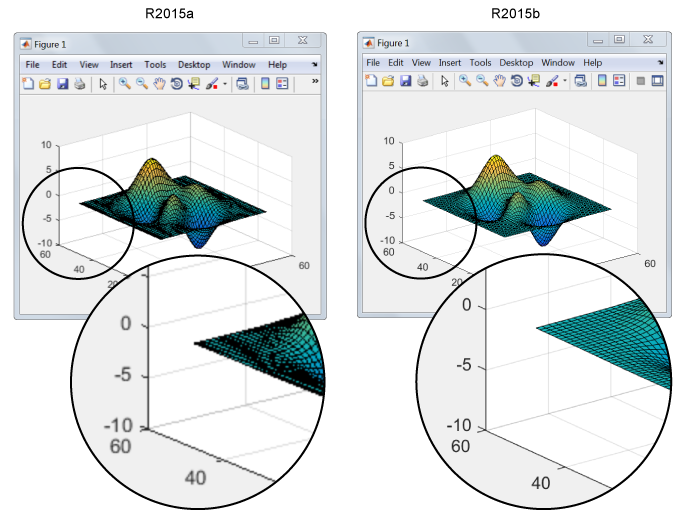

- Mac command line find out dpi of an image how to#
- Mac command line find out dpi of an image mac os x#
- Mac command line find out dpi of an image mac#
It's also safer than the command-line, displaying warning dialogs before proceeding with any potentially destructive functions.įor more experienced users, the command-line offers a greater level of flexibility and control so that what would normally require several different interactions and mouse clicks can be done with just one command. Benefits of the Command-Lineĭisk Utility is more than adequate to perform any form of disk management for most users. The second is the more familiar Macintosh HD.

The first is hidden and named Recovery HD for OS X Recovery, allowing you to reinstall OS X without needing any physical media. With the introduction of OS X Lion, your Mac's hard disk is split into two partitions with two corresponding volumes. Formatting a disk partition is no different than deciding which room will be the bedroom or kitchen. The more walls you put up, the more rooms you'll have, but all limited to the total amount of space you first had available.īut these rooms can't be used yet, not until you decide what each room will be. Think of partitioning as putting up dividing walls to create additional rooms. Imagine you have a loft apartment that's just four outer walls.
Mac command line find out dpi of an image mac#
Here's a USB hard drive that has been split into 16 partitions, all of which will display separately on the Mac as separate volumes since they've been formatted, though they are all on the same drive.

Once a partition has been formatted, this combination of partition and filesystem is known as a volume. In order to store data on a partition, it needs a filesystem. A hard disk can contain a single partition, making use of all the space it contains, or it can be split into multiple partitions. TerminologyĪ partition is a logical storage unit located on a hard disk. The following guide will require the use of an external hard drive which will be erased and partitioned.
Mac command line find out dpi of an image how to#
In this series, we'll look at how to replicate the functionality of Disk Utility at the command-line. It's a simple way of interacting with attached storage on your Mac.īeyond this graphical front-end are some powerful command-line tools that we can use directly.
Mac command line find out dpi of an image mac os x#
Terminal displays only the final results of the two commands combined.Disk Utility within Mac OS X provides a range of disk management tools, from erasing and repartitioning hard disks to restoring images and repairing volumes.

The first part of the command looks for the word Walden in any files in the current directory, and the second runs another grep command on the results of the first command. You’d use this command: grep Walden * | grep Pond. Say you want to find files containing both Walden and Pondon the same line. Using the pipe ( |), a Unix redirection operator, you can tell grep to search for more than one string. (Note that you can also combine options-for instance, grep -rl Walden searches subfolders and returns only a list of files containing the word Walden. Get started with the helpful options listed here. The grep command has several options that let you fine-tune the way you search for text, as well as the kind of results grep returns. Returns the names of files containing Walden and the number of hits in each file. Search for Walden Pond, and it returns all files that contain either Walden or Pond.įinds Walden in any file in any subfolder of ~/Documents.įinds only live does not find liver, lives, lived, and so on.įinds files containing Walden, but returns only a list of file names. The Finder also lacks grep’s flexibility: while it’s good for searching for a specific word (for example, Walden ), it becomes less useful when you want to find a longer string. (Press Command-F in the Finder, select Content in the Search For Items Whose pop-up menu, and enter a search string in the text field.) But the Finder searches only inside files it has indexed, and it ignores hidden system files unless you expressly choose to search for visible and invisible files and add your System folder to the search. The Finder offers a similar function: the Find By Content search. (You can also use grep within certain text editors.) You can use grep easily from the command line to search for specific text, and you’ll get results in seconds. But the grep command is a time-saver when you’re trying to find what’s inside files. It’s easy to find files with the Finder when you know their names. Understanding grep is the first step in joining the guild of command-line wizards. With this workhorse of the command line, you can quickly find text hidden in your files. It’s fast, it’s powerful, and its very name suggests that it does something technical: grep.


 0 kommentar(er)
0 kommentar(er)
